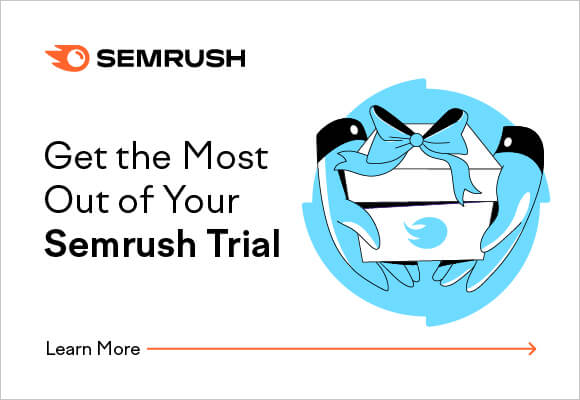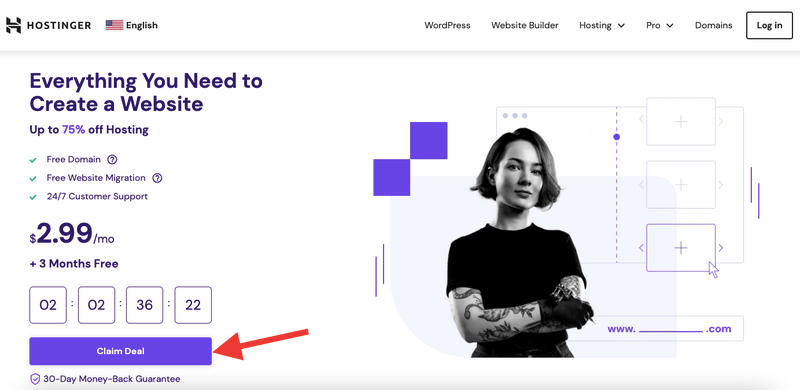Want to turn your passion for style into a fashion blog?
Well, fashion blogging has evolved tremendously over the past decade.
According to Statista, the global fashion market is projected to reach $768.70 billion in revenue in 2024, with an annual growth rate of 9.45% resulting in $1,103 trillion in revenue by 2027.
The tremendous growth projected for the global fashion industry presents major opportunities for fashion bloggers to capitalize on, if they adapt and elevate their content strategies.
In 2024, simply sharing your #OOTD likely won’t cut it anymore. To stand out and build a successful fashion blog in today’s saturated market, you need a strategic approach backed by industry knowledge and insider tips.
In this comprehensive guide, we will take a detailed view of “How to Start a Fashion Blog” that stands out from the crowd.
Let’s dive in!
Table of Contents
- Why Start a Fashion Blog in 2024?
- Fashion Blogging: How to Start Your Fashion Blog & Make Money from It?
- Step 1: Choosing a Fashion Blog Niche
- Step 2: Researching Your Target Audience
- Step 3: Setting Measurable Goals
- Step 4: Choosing a Domain and Hosting
- Step 5: Installing WordPress and Choosing a Theme
- Step 6: Customizing Your Blog’s Design
- Step 7: Must-Have Plugins for Your Fashion Blog
- Step 8: Setting Up Your Navigation Menu
- Step 9: Optimizing Your Homepage
- Step 10: Creating Engaging, Valuable Fashion Blog Content
- Step 11: Promoting Your Fashion Blog Through Social Media
- Step 12: Building Community Around Your Fashion Blog
- Step 13: Monetize a Fashion Blog
- FAQs
- Final Thoughts on Fashion Blogging in 2024
Why Start a Fashion Blog in 2024?
Fashion blogging is more challenging today than when it first emerged in the early 2000s. But that doesn’t mean you still can’t create a successful and rewarding blog if you approach it strategically.
Here are some of the key benefits fashion bloggers can still enjoy in 2024.
1. Creative and Financial Freedom
Monetized fashion blogs allow you to make an income while exercising your creativity. As your own boss, you control your schedule, content, and monetization strategies.
2. Build Authority and Influence
Producing high-quality content and developing an engaged, loyal audience can establish you as an authority in fashion. This influence opens doors to press features, brand partnerships, and other opportunities.
3. Community
Connecting with fellow fashion lovers and bloggers through your content fosters meaningful relationships. Comment sections and social media create spaces for community building.
4. Flexibility
Fashion blogging can be done wherever you have an internet connection and a phone camera. Many fashion bloggers work while traveling the world.
5. Satisfaction from Creating
The joy of producing beautiful imagery and stories around fashion is incredibly fulfilling for creative spirits. Fashion blogging lets you actualize your creative vision.
6. Learn New Skills
From photography to writing to marketing, blogging allows you to gain experience in diverse, in-demand skills.
7. Work With Brands
One of the most exciting aspects of blogging is partnering with brands you love through sponsorships.
The opportunity for self-expression, freedom, influence, and income makes fashion blogging rewarding despite the challenges.
By learning from those who’ve come before you, your chances of success greatly increase.
Fashion Blogging: How to Start Your Fashion Blog & Make Money from It?
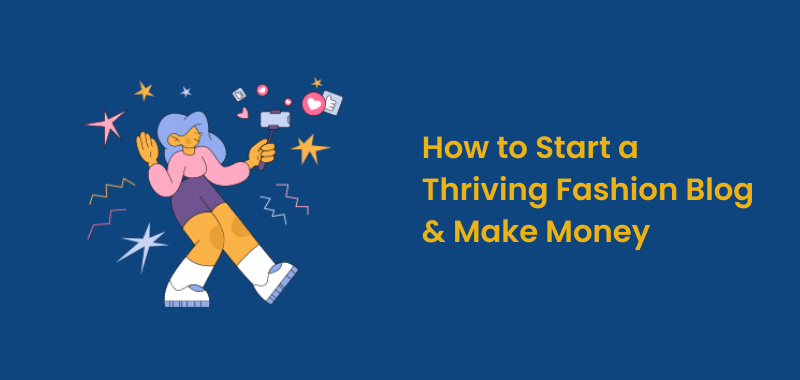
Step 1: Choosing a Fashion Blog Niche
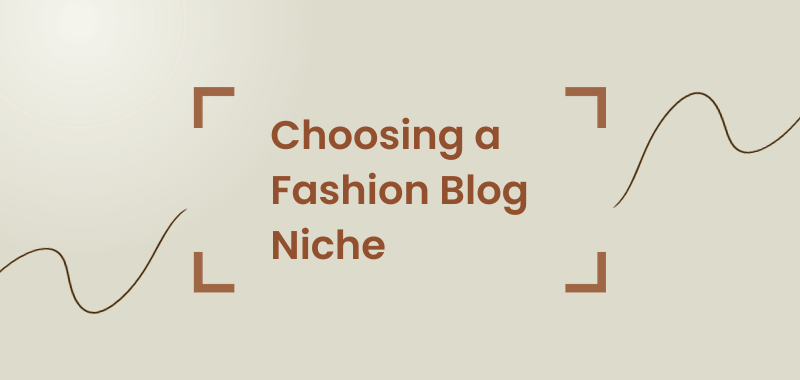
One of the first steps in starting a fashion blog is identifying your niche. Your niche is the specific style, audience, or aspect of fashion you’ll focus on.
While fashion is broad, niches are narrow. This focused approach is key for standing out and ideal for targeting ads and affiliates.
Consider these factors when choosing your fashion blog’s niche:
1. Your Personal Style and Interests
Focus on fashion categories you’re most passionate about and knowledgeable about. Your content will reflect expertise and enthusiasm.
2. Existing Content
Research fashion blogs in the niche you’re considering to assess saturation and competition. Find gaps you can fill.
3. Ideal Audience
Determine the specific demographic your niche will resonate most with. Cater content to their interests and needs.
4. Profitability
Evaluate affiliated products, sponsorship opportunities, and monetization options within your prospective niche. Assess long-term earning potential.
5. SEO Opportunity
Use keyword research tools like Semrush to determine search volume and difficulty for your niche. Ensure there is an opportunity for your blog to rank high in search engines.
By carefully evaluating these factors, you can select a niche that aligns with your interests and strengths while positioning you for long-term success.
Here are some popular fashion blog niches to consider:
- Sustainable fashion
- Plus size fashion
- Maternity fashion
- Minimalist style
- Capsule wardrobes
- Street style
- Budget fashion
- Petite fashion
- Modest fashion
- Vintage and secondhand fashion
The more focused your niche, the better. For example, “sustainable fashion” is still quite broad. Narrowing to “sustainable plus size fashion” or “sustainable maternity fashion” makes your blog more unique.
Step 2: Researching Your Target Audience

Once you’ve settled on a niche, take time to intimately understand your target audience.
Create detailed buyer personas to gain insights into their:
- Demographics like age, location, gender, income
- Values and priorities
- Interests and hobbies
- Shopping habits and brand preferences
- Content consumption habits
- Pain points and challenges
Conduct surveys, read comments on blogs in your niche, and engage with your target audience on social media.
These insights will allow you to create content that truly resonates with your readers and positions you as an expert who understands their needs.
Step 3: Setting Measurable Goals
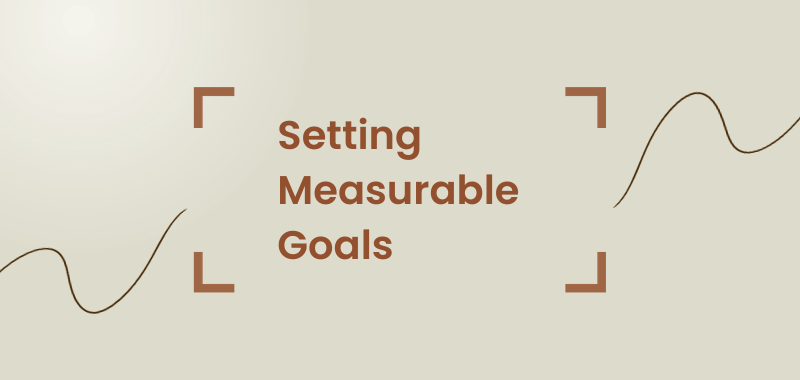
Having clearly defined goals is key to evaluating your fashion blog’s performance and growth.
Set specific, measurable goals around:
Traffic
- Monthly/yearly pageviews
- Website Visitors
- Email list subscribers
- Social media followers
Engagement
- Comments
- Shares
- Click-through and bounce rates
- Time on site
- Email open and clickthrough rates
Conversions
- Purchases from affiliate links
- Products sold
- Email sign-ups
- Downloads
- Service sales
Revenue
- Advertising income
- Affiliate earnings
- Product sales
- Brand sponsorships
- Service sales
Track metrics in Google Analytics and your other platforms. Review monthly and adjust your strategy as needed to hit goals.
Example – Long term, strive for:
- 50,000+ page views per month
- 5,000+ email subscribers
- 15%+ email open rates
- $5,000+ monthly income
This provides a comfortable full-time income for most fashion bloggers. But set goals aligned with your personal vision.
Step 4: Choosing a Domain and Hosting

Domain Name
Your fashion blog’s domain name and hosting are the foundations you’ll build upon.
For your domain, choose something that:
- Aligns with your niche
- Is short and memorable
- Contains your name or brand
- Ends in .com
Good examples:
- sarahsustainablestyle.com
- ecostyleguide.com
- annasplussizefashion.com
Investing in a reliable hosting service prevents slow loading times that negatively impact search engine rankings and reader experience. We recommend Hostinger shared hosting.
Benefits include:
- Easy WordPress installation
- Free domain name
- SSL certificates for security
- Malware scanning and firewalls
- Automatic backups
- Speed and uptime guarantees
- WordPress-trained support 24/7
Hostinger Pricing at a glance
- Premium $2.99/mo for 100 websites, 100 GB SSD Storage, and Standard Performance
- Business $3.99/mo for 100 websites, 200 GB NVMe Storage, and 5x Performance
- Cloud Startup $9.99/mo for 300 websites, 200 GB NVMe Storage, and 10x Performance
- MUST GRAB: Up to 90% OFF Hostinger Discount code
Step 5: Installing WordPress and Choosing a Theme
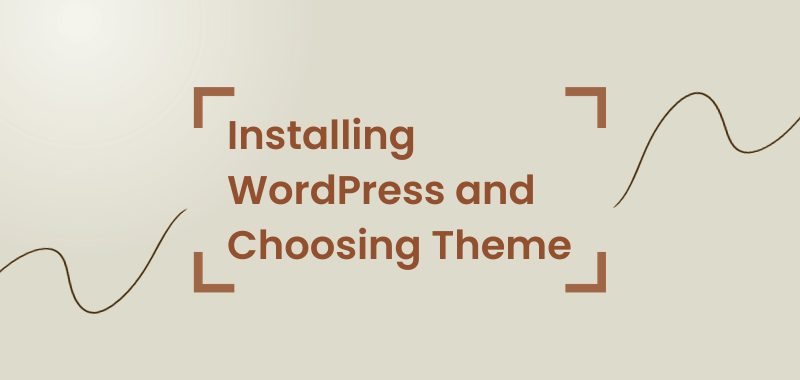
Install WordPress
With hosting set up, it’s time to install WordPress – the best CMS for blogging.
To learn how to install WordPress on Hostinger, check out the WordPress Installation guide here.
Choosing the Theme
When choosing a theme, prioritize:
- A professional, polished design
- Flexibility for customization
- Optimization for speed
- SEO features
- Responsiveness on mobile
- Support and updates
Top WordPress theme options like Astra and GeneratePress check these features while remaining lightweight and fast-loading.
GeneratePress Features
- Focuses on speed, usability & accessibility above all else to achieve optimal performance
- Easy to set up and get running quickly
- Unlock hundreds of customizations, starter sites & block theme building
- Ultra-fast load times help you hit the highest scores
- Get help fast with ~98% of requests answered the same day
- Built to work seamlessly with all top plugins & page builders
- Follows WCAG 2.0 standards for inclusive design
- Available in 20+ languages for global audiences
- Optimized code helps you ace Core Web Vitals
- Embraces full-site editing & blocks, the future of WordPress
- Used by over 1 million websites for speed without sacrificing design
You’ve heard what makes GeneratePress so special – now it’s time to experience it.
Visit the GeneratePress website and try it on your own site.
See firsthand the superfast performance, intuitive customizations, and seamless compatibility that have made GeneratePress the fast and lightweight WordPress theme.
Astra Features
- Library of pixel-perfect starter templates to reduce design time
- Use WordPress Customizer to change design with no coding needed
- Ability to remove title & sidebar for full-width layout freedom
- Ultra lightweight for unmatched speed
- Visual theme customizer to make it look how you want fast
- Manage website container, header, blog, archives, pages, posts, sidebar & footer
- Comes with built-in header layouts. More with Pro.
- Set fonts & colors to integrate your brand
- Control blog posts and archive page design like width, content & meta
Visit the Astra website and try it risk-free to experience the intuitive design controls, lightweight performance, and customizable starter sites yourself.
Step 6: Customizing Your Blog’s Design
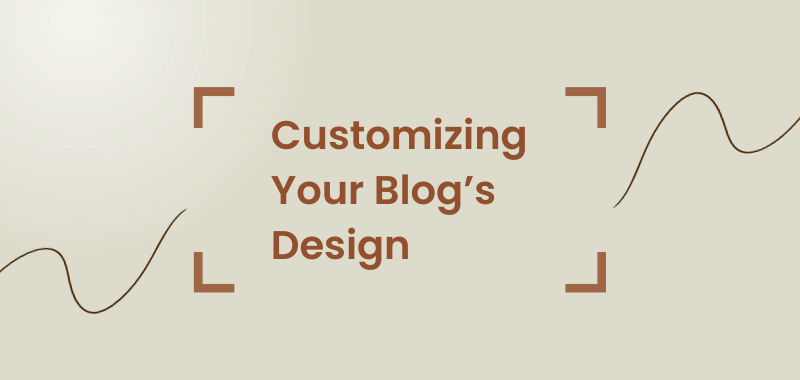
Your fashion blog’s design should express your brand’s style and personality.
Key elements to customize include:
1. Colors
Use a color palette generator to create a cohesive, aesthetically pleasing palette. Incorporate these hues throughout your blog.
2. Typography
Elegant, stylish fonts complement fashion blogs beautifully. Try combinations of serif and sans-serif fonts.
3. Logo
Creating a logo solidifies your brand identity. Canva provides easy DIY logo design.
4. Page Layouts
Optimize your blog’s layout for visual appeal and UX. Use wide margins, quality imagery, and ample white space.
5. Headers and Footers
The header and footer present opportunities to stylize your blog and add personality.
6. Homepage
Your blog’s homepage layout and design sets the tone for your brand. Optimize it to impress readers.
Step 7: Must-Have Plugins for Your Fashion Blog

Plugins extend WordPress’ functionality. The right ones can enhance your fashion blog’s user experience, security, SEO, and monetization.
Here are some must-have plugins:
- RankMath SEO – Optimizes your posts for search engines by handling elements like meta descriptions and alt text.
- Smush – Compresses images to speed up load times. Essential for image-heavy blogs.
- Contact Form 7 – Creates and manages contact forms to allow readers to message you.
- Social Snap – Allowing readers to share your post on social media platforms with ease.
- Easy Affiliate Links – For cloaking and managing all your affiliate links.
- WP Rocket – The most popular caching and image optimization plugin to significantly improve site speed.
- MonsterInsights – Provides detailed Google Analytics reports within your WordPress dashboard.
- Mailchimp for WordPress – Integrates your blog with Mailchimp to capture emails and send newsletters.
Also, connect your WordPress site to Google Analytics and GSC for in-depth tracking.
As you advance, plugins for popups and security are beneficial. But start with the basics.
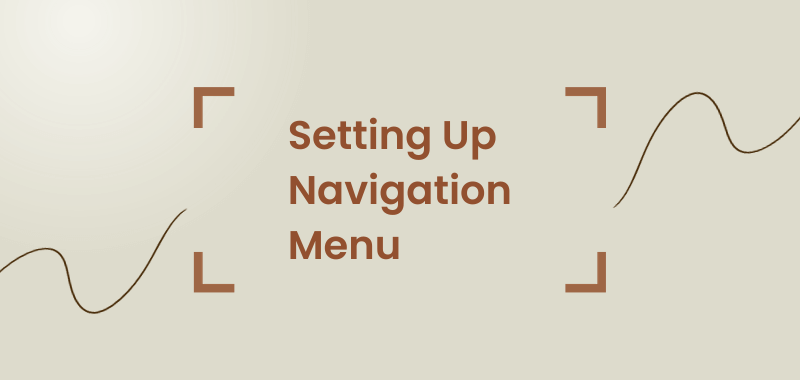
Your navigation menu ensures readers can easily access your fashion blog’s most important pages.
Essential pages to include:
- Homepage
- About
- Blog
- Contact
- Resources/Shop (if you have an online store)
Keep your primary menu clean and streamlined. Secondary menus in your footer can include extras like affiliate disclaimers, terms of use, archives, etc.
Make sure your menu stays visible and consistent across all pages on both desktop and mobile. This establishes recognizable navigation.
Step 9: Optimizing Your Homepage
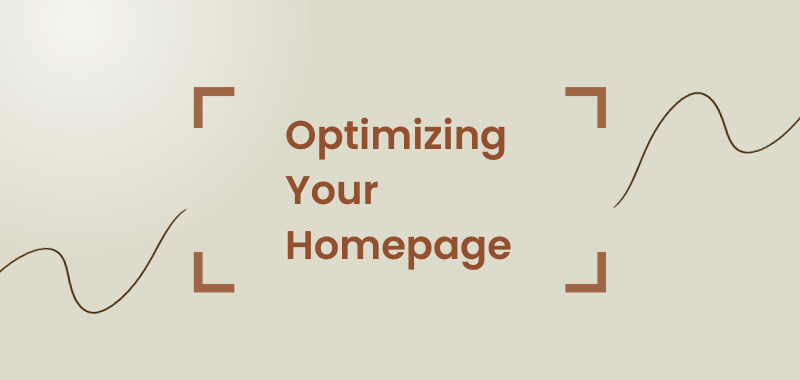
Your blog’s homepage is one of the most important pages for making great first impressions with new visitors.
Optimize it by prominently featuring:
1. Hero Image or Slider
A bold, beautiful header image or slider relevant to your niche draws attention.
2. About Me Section
Help readers get to know you with a bio, photo, and your story. Build a personal connection.
3. Most Popular Posts
Showcase your best content to encourage sampling from your blog.
4. Email Opt-in
Grow your list by offering a lead magnet like a styling guide in exchange for emails.
5. Social Media Feeds
Embedding Instagram and Facebook feeds fosters engagement.
6. Homepage
Your blog’s homepage layout and design sets the tone for your brand. Optimize it to impress readers.
7. Strong Call-to-Action
Prompt visitors to subscribe, download a lead magnet, or check out your blog.
An optimized homepage gives readers an overview of who you are while directing them to your best content and incentivizing list sign-ups – key to building lasting connections.
Step 10: Creating Engaging, Valuable Fashion Blog Content
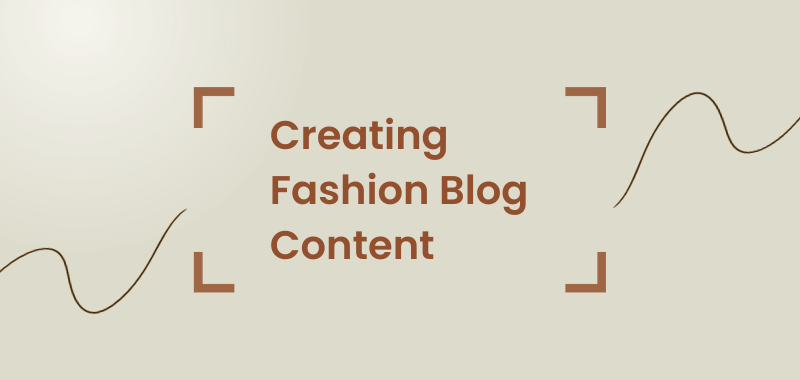
At the core of every successful fashion blog is top-notch content that resonates with readers.
Follow these guidelines for creating compelling blog posts:
1. Write What You Know
The deepest insights come from your own experiences. Share lessons learned, mistakes to avoid, and wins in your blogging journey.
2. Educate, Entertain, Inspire
Provide value through thoughtful commentary, useful advice, styling tips, or touching stories. Avoid superficiality. Craft content that makes readers’ lives better.
3. Optimizing Article Structure
- Attention-grabbing headlines
- Scannable introductions setting up the post
- Scannable formatting with subheadings and bullet points
- Quality images supporting key points
- Clear calls-to-action to comment, share, subscribe, etc.
4. Show Personality
Let your unique voice and perspective shine through. Don’t hold back from sharing your thoughts.
5. Storytell Around Outfits
Contextualize your #OOTD images through stories about why you chose the look or how it made you feel.
6. Answer Readers’ Questions
Pay attention to comments and requests to identify content needs. Then address them in future posts.
7. Link to Related Content
Cross-linking blog posts keeps readers engaged on your site. Don’t force it, only link contextually.
8. Check Readability
Aim for grade 8 reading level or lower. Avoid over-complex sentences and vocabulary.
9. Proofread Vigilantly
Zero grammar, spelling, or punctuation errors should slip through. Invest in editing if needed.
10. Write Longer Posts
1,500 – 2,000+ word posts rank better in search engines. But only if the length adds value.
11. Publish Consistently
Posting regularly keeps content fresh and your blog active. Aim for 2-3X a week minimum.

Driving traffic to your blog takes consistent promotion across social media platforms like Instagram, Facebook, Pinterest, and TikTok.
1. Instagram
Share blog post previews, behind-the-scenes, and your high-quality fashion photos. Remember to post daily.
2. Pinterest
Pin blog images and links to fashion and lifestyle group boards. Pinterest drives massive traffic.
3. Facebook
Publish blog post links in relevant Facebook Groups and on your Page. Run occasional ads.
4. TikTok
Style and beauty niches thrive on TikTok. Post short video content and link to your blog.
5. Leverage Influencers
Collaborate with micro-influencers in your niche to expand your audience. Exchange content shares and guest posts.
6. Optimize Hashtags
Include relevant hashtags in each post to reach interested users browsing those tags. Identify the best hashtags through analysis.
7. Engage and Interact
Reply to any comments. Follow and interact with users in your target demographic. Provide value whenever possible.
8. Automate if Needed
Social media managers like Hootsuite allow automated scheduling of posts across platforms.
Step 12: Building Community Around Your Fashion Blog
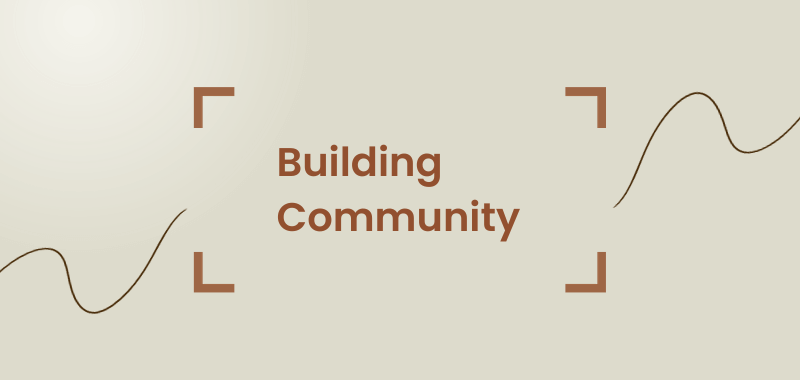
While social media broadens your reach, email, and community foster deeper connections with readers.
1. Email List
Collect emails through lead magnets. Send 2-4 emails a month with personalized value. Nurture relationships.
2. Commenting
Respond to every blog comment. This shows readers you care.
3. User Generated Content
Encourage readers to tag you wearing/enjoying products you’ve shared. Regram the best photos.
4. Q&As
Solicit questions from your audience. Turn FAQs into dedicated posts or content series.
5. Contests and Giveaways
Run contests for free products relevant to your niche. Increase engagement while growing your list.
6. Live Video
Go live on Instagram or YouTube to interact with your audience in real time. Take questions and get feedback.
7. Meetups
Once you gain some popularity, organize in-person blogger meetups in your city. Strengthen connections.
8. Facebook Group
Private Facebook Groups foster ongoing discussion and a tighter community for your most engaged readers.
The stronger your community, the more word-of-mouth promotion and loyalty your fashion blog benefits from. Make relationship building a priority.
Step 13: Monetize a Fashion Blog
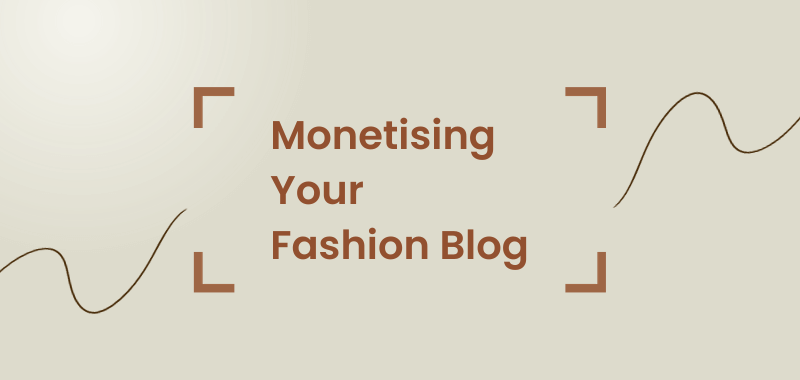
Financial independence is often a top goal for fashion bloggers. Fortunately, numerous effective monetization strategies exist within fashion blogging.
1. Affiliate Marketing
Promoting fashion retailers through affiliate programs lets you earn commission from resulting sales. Use affiliate plugins to easily integrate links into content.
Catch a glimpse of our most recent affiliate earnings, a notable $3500, all generated through a single affiliate network. It’s certainly something to applaud, wouldn’t you say?
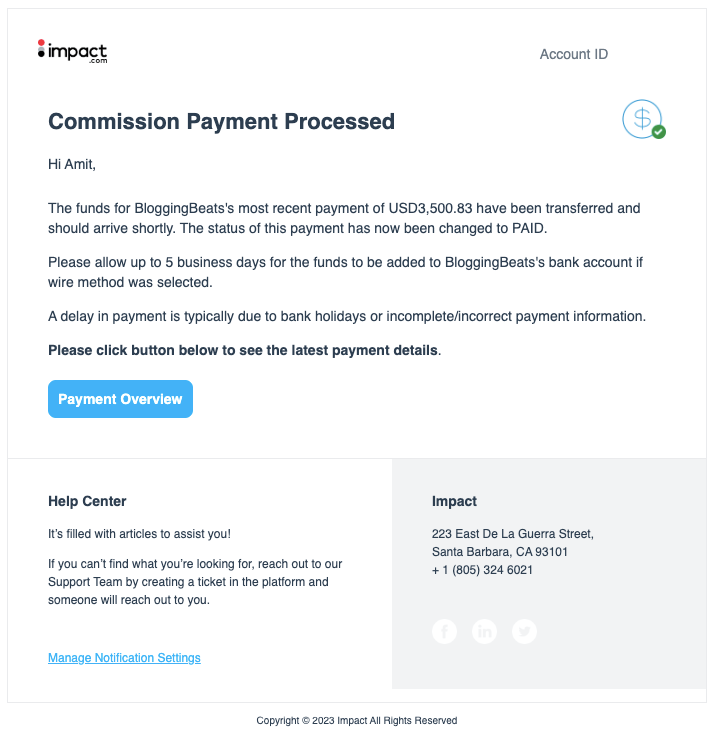
2. Display Advertising
Join an ad network like Mediavine, Ezoic, or Google Adsense. Display ads on your site tailored toward your niche.
3. Sponsored Content
One of the most lucrative ways for established fashion bloggers to monetize is through sponsored content and brand partnerships.
These collaborations provide a win-win for both you and the brand. When done right, sponsored posts can fund your blogging while remaining helpful and engaging for your audience.
Types of Sponsored Content
- Product reviews featuring gifted items
- Outfits and styling tips showcasing the brand’s clothes or accessories
- Giveaways co-hosted with the brand
- Social media takeovers on the brand’s Instagram Stories or feed
- Dedicated blog post or video focused on the brand
Make sure the partnerships align with your niche, aesthetic, values, and audience’s interests. Stay true to your brand identity.
4. Negotiating Brand Deals
When negotiating sponsored content, consider:
- Your audience size and influence
- Typical engagement rates
- Type of content the brand wants (single post, series, etc.)
- Exclusivity expectations
- Usage rights for the content you produce
Based on these factors, charge according to the value you’ll provide. As you build clout, increase your rates.
Disclosing Sponsored Posts
Transparently disclosing paid partnerships is critical for building reader trust. Include clear “paid partnership with [brand Name]” text.
Though brand deals provide income, don’t let them overtake your blog. The ideal ratio is 70% non-sponsored content and 30% sponsored maximum.
5. Additional Monetization Opportunities
In addition to the monetization methods covered already, some additional options include:
Paid Subscriptions and Memberships
Offer exclusive content, perks, discounts, courses, and more through paid memberships on platforms like Patreon or MemberSpace.
Sell Your Own Products or Services
Leverage your influence to create and sell your own ebooks, online courses, wardrobe guides, personal styling services, or other paid offerings. Even small digital products quickly add up.
Create an Online Boutique
Curate and sell fashion-related products you love through Shopify. Promote the boutique through your blog content.
Paid Newsletters
Publish some exclusive, premium newsletter issues only available to paying subscribers. Provide extra value.
Diversify your income streams through a mix of these tactics plus advertising and sponsorships. Multiple monetization avenues provide stability and growth potential.
FAQs
Below are the frequently asked questions about fashion blogging that you may find helpful.
Fashion blogging can be profitable, especially for influencers with a large audience. But it takes time to build an audience and revenue streams. Many bloggers don’t earn a full-time income.
Yes, fashion bloggers can get paid through advertisements, affiliate marketing, sponsored posts, brand partnerships, and selling products or services. The most profitable bloggers have large followings and consistent content.
Fashion blogging allows people to share their personal style, create content around fashion trends, products, and brands, and build a community around their niche. It can be a creative outlet and potential career.
To start fashion blogging, choose a niche, get a domain name and hosting, design your site, and start creating content like outfit photos, reviews, and style tips.
To join a fashion blogger community, engage with others on social media, comment on blogs, attend events, and consider joining a blogger network for support.
Also Read:
- Event Blogging: Unlocking the Potential to Make Money Online in 2024
- Pet Blogging: How to Start a Pet Blog & Make Money in 2024
- How to Start a Weight Loss Blog And Make Money in 2024
- How to Start a Micro Niche Blog and Maximize Profits in 2024
- How to Start a Travel Blog and Make Money From It in 2024
- How to Start a Food Blog and Make Money Online in 2024
- How to Start a Soccer Blog and Make it Profitable in 2024
- Top 16 Blogging Mistakes To Avoid in 2024 (For Amateur Bloggers)
Final Thoughts on Fashion Blogging in 2024
Starting a profitable fashion blog in today’s digital landscape is an ambitious undertaking – but very achievable if you approach it strategically.
Gain a deep understanding of your niche, audience, and competitors. Hone your fashion photography and writing skills. Promote your content consistently while fostering community.
Implement monetization aligned with your strengths and audience. Collaborate with brands who can help you take your blog to the next level.
While fashion blogging requires significant work, the creative freedom and financial potential make it immensely rewarding.
Apply the tips from successful bloggers within this guide to maximize your probability of success.
You now have all the tools needed to plan, launch, and grow a fashion blog that stands out in 2024. The only step left is to get started!
